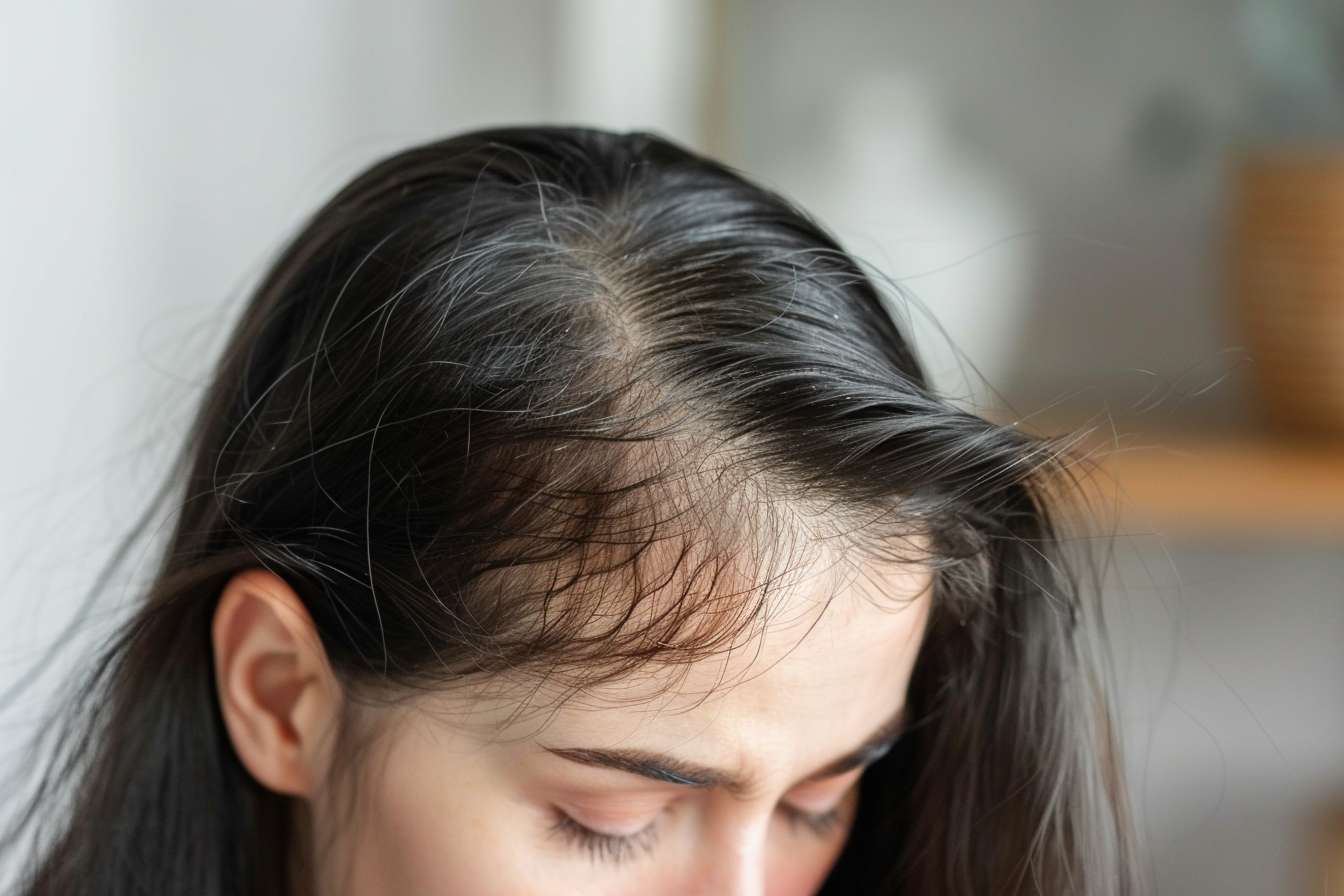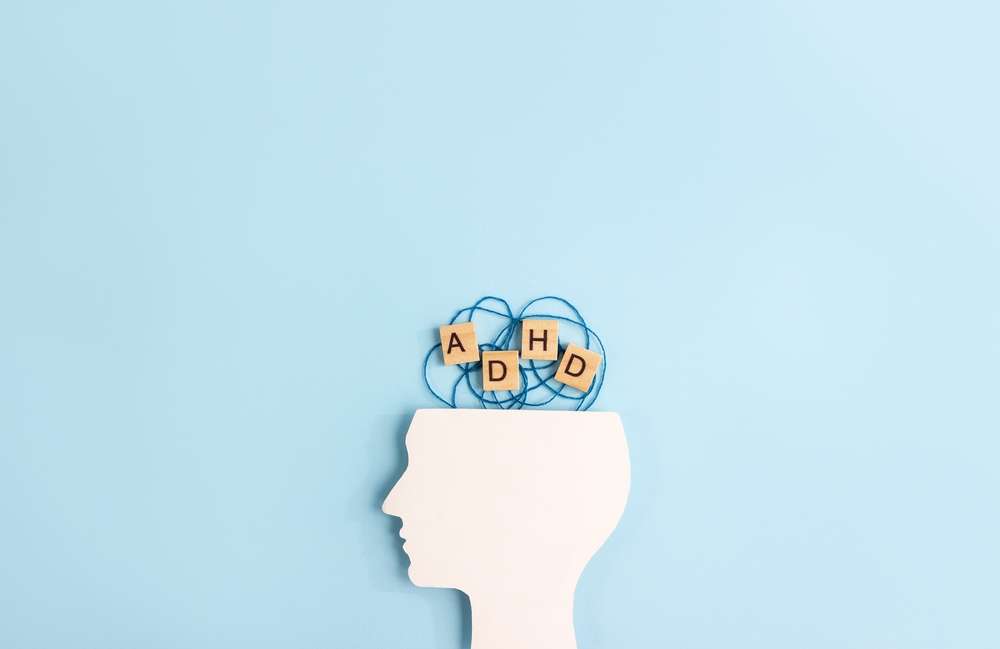Alopecia Areata Comprehensive Guide
Alopecia areata (AA), also known as patchy hair loss, is a condition in which hair is lost in parts or all of the body. It typically causes several bald patches on the scalp, each about the size of a coin. Psychological stress and illness can be contributing factors to alopecia areata, but in most cases there is no obvious trigger. Patients are usually physically healthy. In rare cases, all the hair on the scalp will fall out (total alopecia), or all the hair on the body will fall out (universal alopecia). Hair loss can be permanent or temporary.

Alopecia areata represents one of the most common forms of autoimmune hair loss, characterized by the sudden appearance of round or oval patches of hair loss on the scalp, face, or other areas of the body. Unlike other types of hair loss that progress gradually, alopecia areata can develop rapidly, often appearing overnight and creating significant emotional distress for those affected.
What are the common causes of alopecia areata
The primary cause of alopecia areata stems from an autoimmune response where the body’s immune system mistakenly identifies hair follicles as foreign invaders and attacks them. This immune system malfunction interrupts the normal hair growth cycle, causing follicles to shrink and dramatically slow down hair production. Genetics play a significant role, with approximately 20% of people with alopecia areata having a family member who also experiences the condition. Environmental triggers such as severe stress, illness, injury, or hormonal changes can activate the condition in genetically predisposed individuals. Certain autoimmune conditions like thyroid disease, vitiligo, or type 1 diabetes may increase the likelihood of developing alopecia areata, suggesting shared genetic pathways among these conditions.
Is it possible for alopecia areata to resolve on its own
Spontaneous recovery from alopecia areata occurs in many cases, particularly when the condition affects small areas and develops for the first time. Research indicates that approximately 80% of people with limited patches of hair loss experience complete regrowth within one year without any treatment. The likelihood of natural recovery depends on several factors including the extent of hair loss, age of onset, and family history of the condition. Younger individuals and those with smaller affected areas generally have better prospects for spontaneous recovery. However, people who develop alopecia areata before puberty, experience extensive hair loss, or have a family history of the condition may face more persistent symptoms. Even when hair regrows naturally, the condition can recur, as the underlying autoimmune tendency typically remains present.
Available treatment approaches and effectiveness
Treatment options for alopecia areata vary depending on the severity and extent of hair loss, with approaches ranging from topical medications to systemic therapies. Corticosteroid injections directly into affected areas represent the most common first-line treatment, showing effectiveness in promoting regrowth for localized patches. Topical corticosteroids, minoxidil, and immunotherapy using contact sensitizers like diphencyprone can stimulate hair regrowth in some patients. For more extensive cases, systemic treatments including oral corticosteroids, methotrexate, or newer JAK inhibitors may be considered. Light therapy, specifically excimer laser treatment, has shown promise for treating resistant patches. The effectiveness of treatments varies significantly among individuals, and what works for one person may not work for another.
| Treatment Type | Provider/Method | Cost Estimation | Success Rate |
|---|---|---|---|
| Corticosteroid Injections | Dermatologist | $150-300 per session | 60-70% |
| Topical Minoxidil | Over-the-counter | $20-40 per month | 40-50% |
| JAK Inhibitors | Specialist prescription | $3000-5000 per month | 70-80% |
| Immunotherapy (DPCP) | Dermatology clinic | $200-400 per session | 60-75% |
Prices, rates, or cost estimates mentioned in this article are based on the latest available information but may change over time. Independent research is advised before making financial decisions.
Psychological impact and coping strategies
The emotional toll of alopecia areata often extends far beyond the physical symptoms, affecting self-esteem, social interactions, and overall quality of life. Many individuals experience anxiety, depression, or social withdrawal following the onset of visible hair loss. Support groups, both in-person and online, provide valuable emotional support and practical advice from others who understand the challenges of living with unpredictable hair loss. Counseling or therapy can help develop coping strategies and address the psychological impact of the condition. Some people find that wigs, hairpieces, scarves, or hats help them feel more confident while managing their condition, while others embrace their appearance without covering affected areas.
Long-term outlook and management considerations
The long-term prognosis for alopecia areata varies considerably among individuals, with some experiencing a single episode followed by complete recovery while others face recurring episodes throughout their lives. Early intervention and appropriate treatment can improve outcomes and potentially prevent progression to more extensive forms of the condition. Regular follow-up with dermatologists or healthcare providers specializing in hair disorders ensures optimal management and access to emerging treatments. Maintaining overall health through stress management, adequate nutrition, and addressing any underlying autoimmune conditions may help reduce the frequency and severity of episodes. While alopecia areata can be unpredictable and challenging, many people successfully manage the condition and maintain fulfilling lives with appropriate medical care and emotional support.
This article is for informational purposes only and should not be considered medical advice. Please consult a qualified healthcare professional for personalized guidance and treatment.




